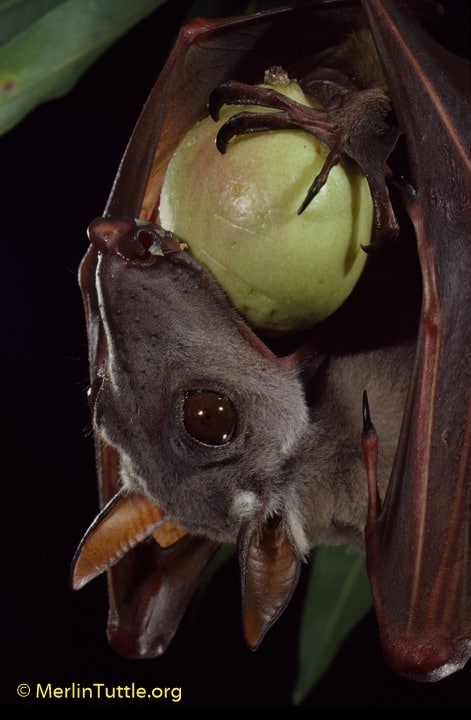Virologists are still doggedly pursuing the search for an Ebola reservoir in bats, as reported in the story titled Hunting for Ebola among the Bats of the Congo in the June 1, 2017 issue of Science (Kupferschmudt 2017), apparently attempting to ignore mounting evidence pointing elsewhere. The record of unsubstantiated speculation, attributing Ebola to bats is long and becoming an embarrassment to good science.
By 2014, researchers had discovered that 10% of gorillas in Central Africa have antibodies to Ebola, demonstrating that exposure or infection is not uniformly lethal as previously reported (Reed et al. 2014). Because great apes were said to be highly susceptible, virologists had insisted they couldn’t serve as reservoirs. Instead they pointed to bats.
Nancy Sullivan, a viral immunologist with the Vaccine Research Center at the National Institutes of Health (Pedris 2017), now notes that “there is little evidentiary data to document widespread death of apes from Ebola.” The discovery that great apes can survive Ebola infection is a potential breakthrough in the hunt for a reservoir.
Frequent speculation has suggested that bats were stressed by deforestation that also brought them into closer contact with humans. This hypothesis appears far more likely to explain how great apes, who now appear to have harbored Ebola all along, began spreading it to humans. Gorilla and chimpanzee territories have been forced into conflict-inducing proximity while they are also more intensely hunted. Stress seems to be focused more on them.
It is possible that a reservoir could have been found much sooner, had scientists not been so determined to prove bats guilty. Indeed, the first human Ebola outbreaks were traced to eating great apes (Leroy et al. 2004). Those who blamed bats ignored the fact that huge numbers have been eaten without a single documented case of disease transmission.
The real story might be why the U.S. Congress authorized a budget of 1.77 billion dollars for research on Ebola (USCDC 2015), which poses minimal risk to Americans and is one of Africa’s rarest threats. Couldn’t these funds be far more wisely spent fighting real killers like obesity or antibiotic-resistant infections?

References
Anonymous. U.S. Centers for Disease Control and Prevention. 2015. Ebola Response Funding.
Kupferschmidt, K. 2017. Hunting for Ebola among the bats of the Congo. Science. http://www.sciencemag.org/news/2017/06/hunting-ebola-among-bats-congo?utm_source=newsfromscience&utm_medium=facebook-text&utm_campaign=eboladrc-13436.
Leroy E.M., P. Rouquet, P. Formenty, S. Souquière, A. J-M.Kilbourne, J. Froment, M. Bermejo, S. Smit, W. Karesh, R. Swanepoel, S.R. Zaki, P.E. Rollin. Multiple Ebola virus transmission events and rapid decline of central African wildlife. Science. 2004;303:387–90.
Pedris, L. 2017. Going viral: How advancements in Ebola disease detection in wild apes can help to prevent dangerous outbreaks. Mongabay. https://news.mongabay.com/wildtech/2017/05/going-viral-how-advancements-in-ebola-disease-detection-in-wild-apes-can-help-to-prevent-dangerous-outbreaks/?n3wsletter&utm_source=Mongabay+Newsletter&utm_campaign=2649be3e82-newsletter_2017_05_11&utm_medium=email&utm_term=0_940652e1f4-2649be3e82-67249615.
Reed, P., S. Mulangu, K.N. Cameron, A.U. Ondzie, D. Joly, M. Bermejo, P. Rouquet, G. Fabozzi, M. Bailey, Z. Shen, B.F. Keele, B. Hahn, W.B. Karesh, N.J. Sullivan. 2014. PLOS. http://journals.plos.org/plosntds/article?id=10.1371/journal.pntd.0003143.
